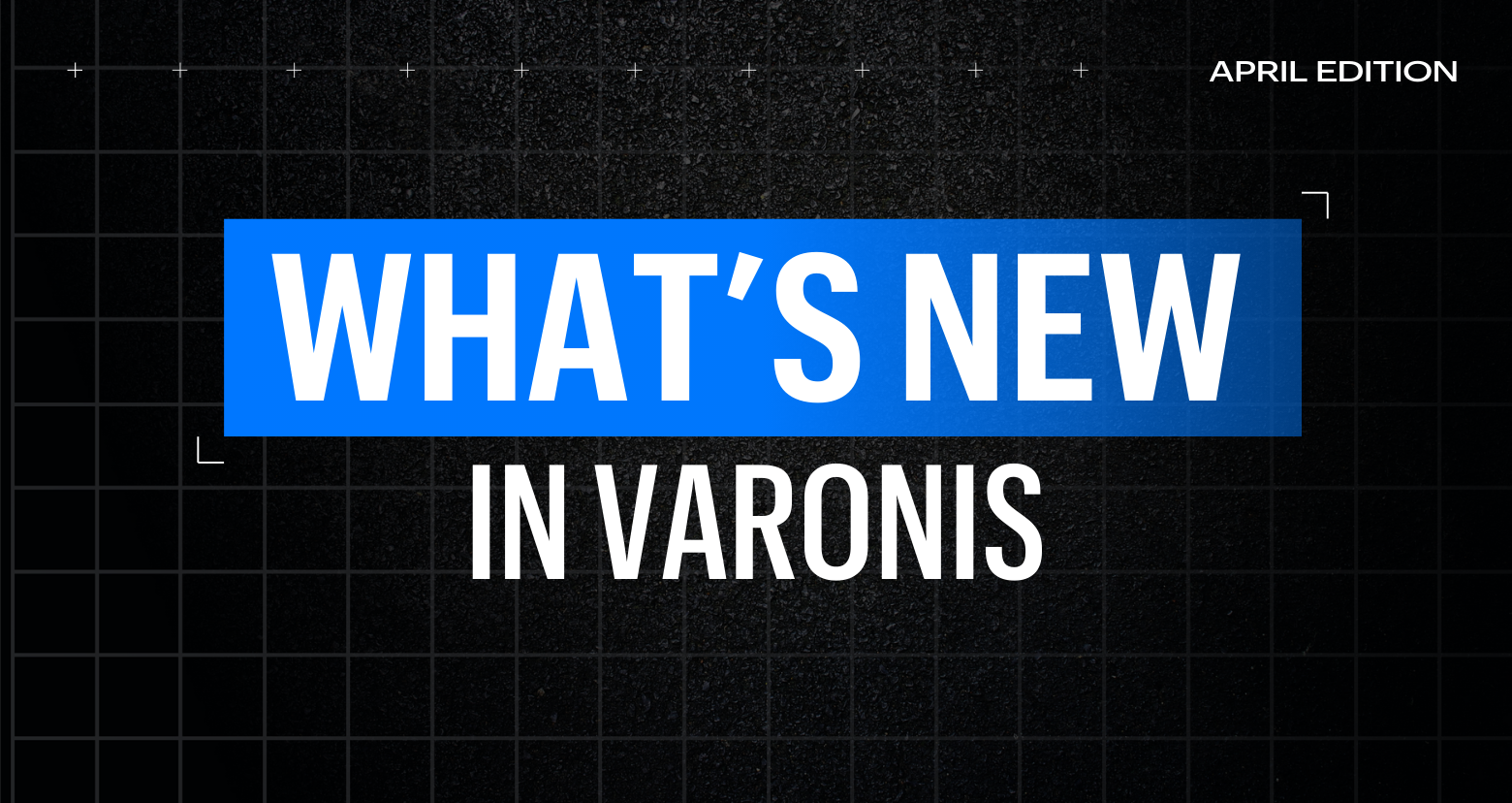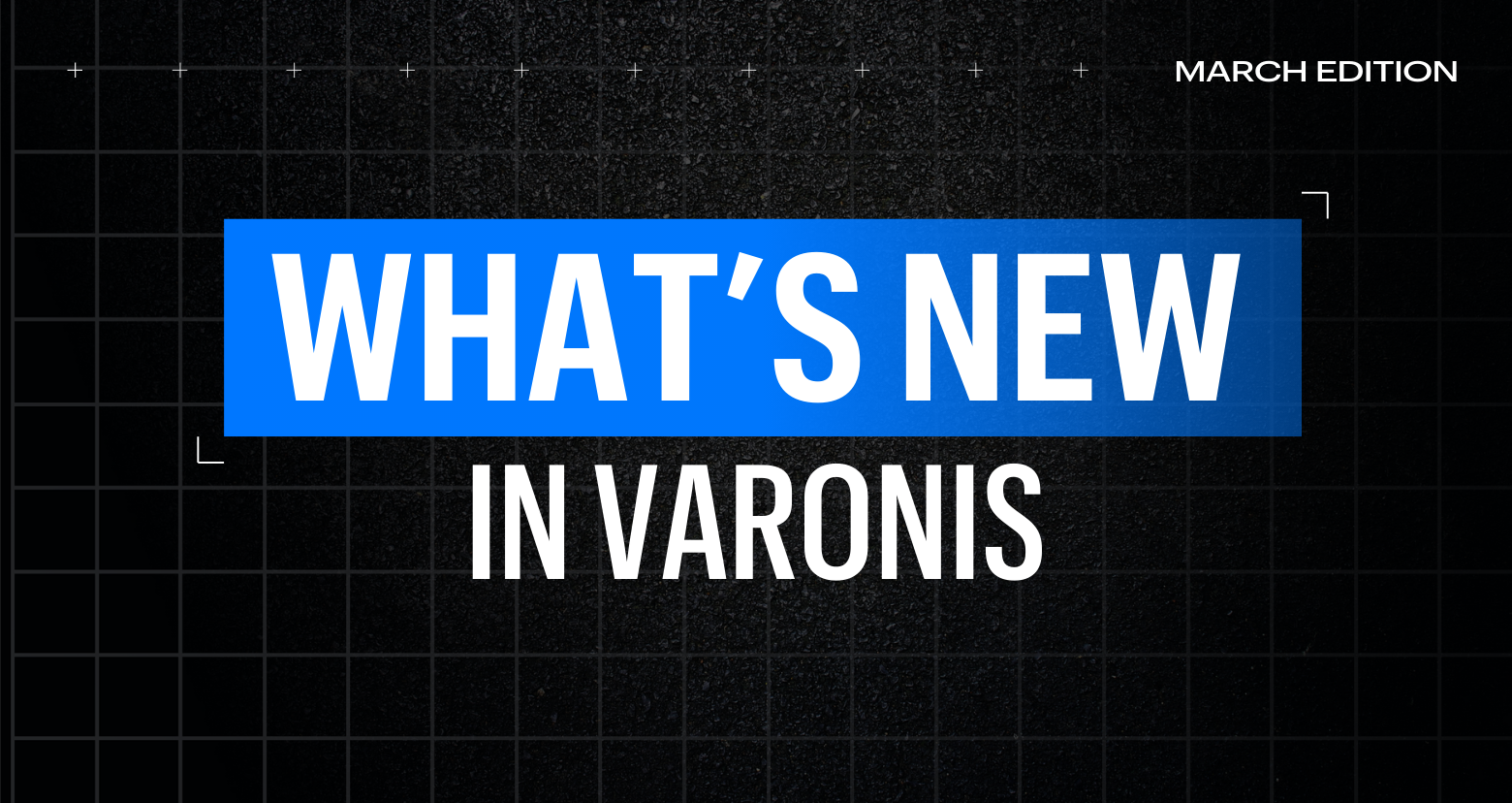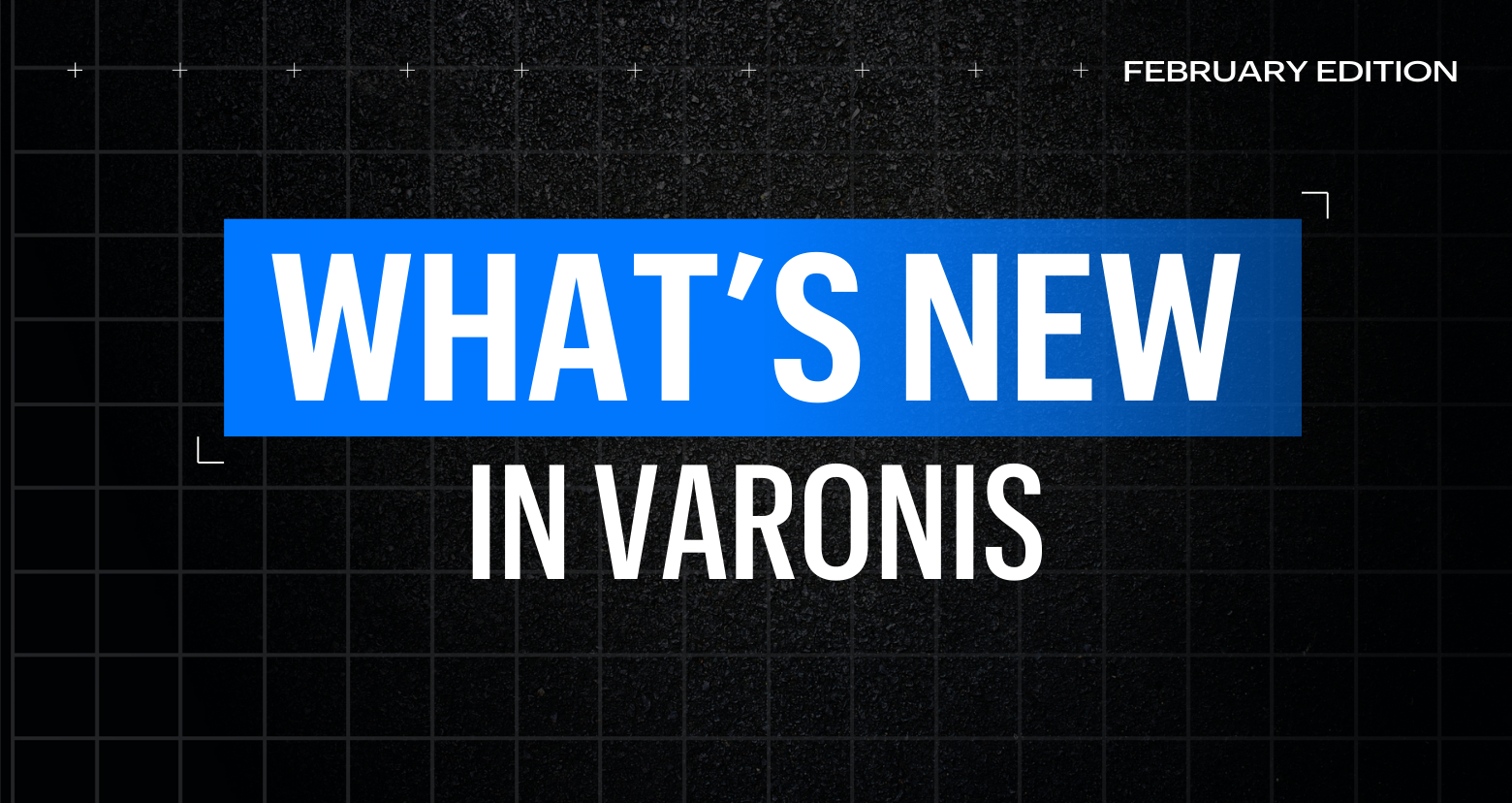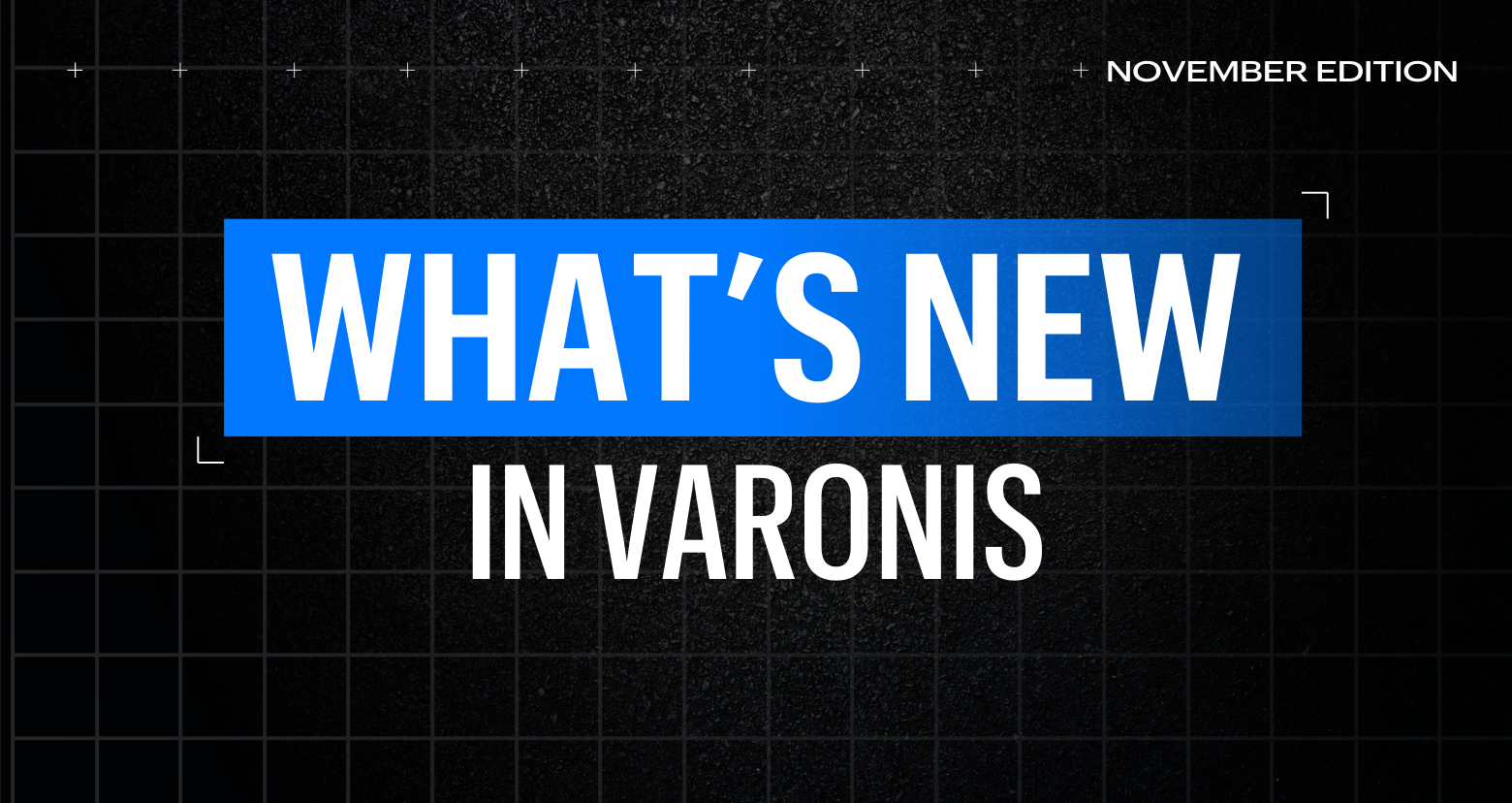This month, Varonis released new updates to help organizations simplify entitlement management in Azure, enforce Azure tagging policies, maintain data residency, and more.
Our new functionality includes:
- Azure Access Graph
- Azure Blob Storage automated classification tagging
- The ability to export the MDDR Executive Dashboard as a PDF
- M365 group ownership reports
- Azure Regional Collector assignments
- Support for Windows 2025 data sources
Continue reading for all the details.
Azure Access Graph
Rather than clicking through dozens of roles, role assignments, and inherited scopes in the Azure portal or using PowerShell, the Azure Access Graph simplifies investigations. Get a bi-directional view of identities and service principals, the resources they can access, and the origins of their permissions. Users can simply zoom into each connected element to find overexposure and access pathways.
Varonis factors in the roles, groups, scoping policies, resource policies, and deny assignments into its analysis of effective permissions, making it simple to identify policies that expose sensitive data publicly.
Explore the bidirectional data access flow between identities, roles, and resources in Azure.
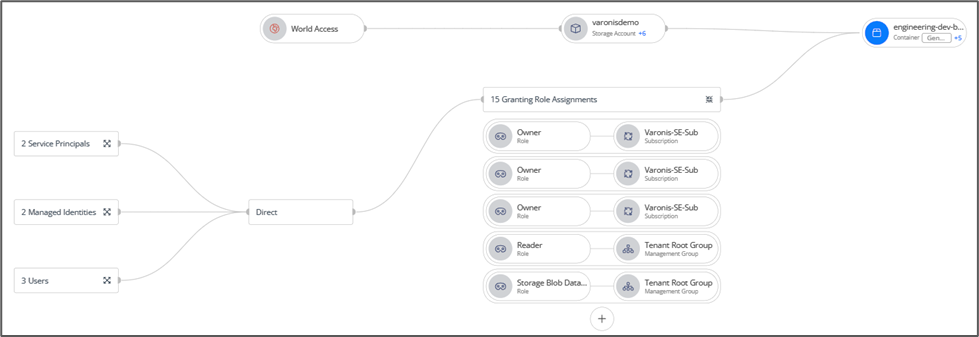
Explore the bidirectional data access flow between identities, roles, and resources in Azure.
Azure Blob Storage automated classification tagging
Varonis is extending its automated data classification tagging capabilities to Azure Blob Storage. This integration enables you to create granular policies that automatically apply service tags to sensitive Azure resources and data using Varonis’ industry-leading data classification capabilities.
You can apply service tags based on data sensitivity or create your own custom tags, such as exposure tags. With Varonis, you can automatically enforce tagging policies, fix manual gaps, and re-tag files as your data changes to help ensure downstream DLP controls are effective.
Automatically apply classification tags to sensitive data and resources in Azure.
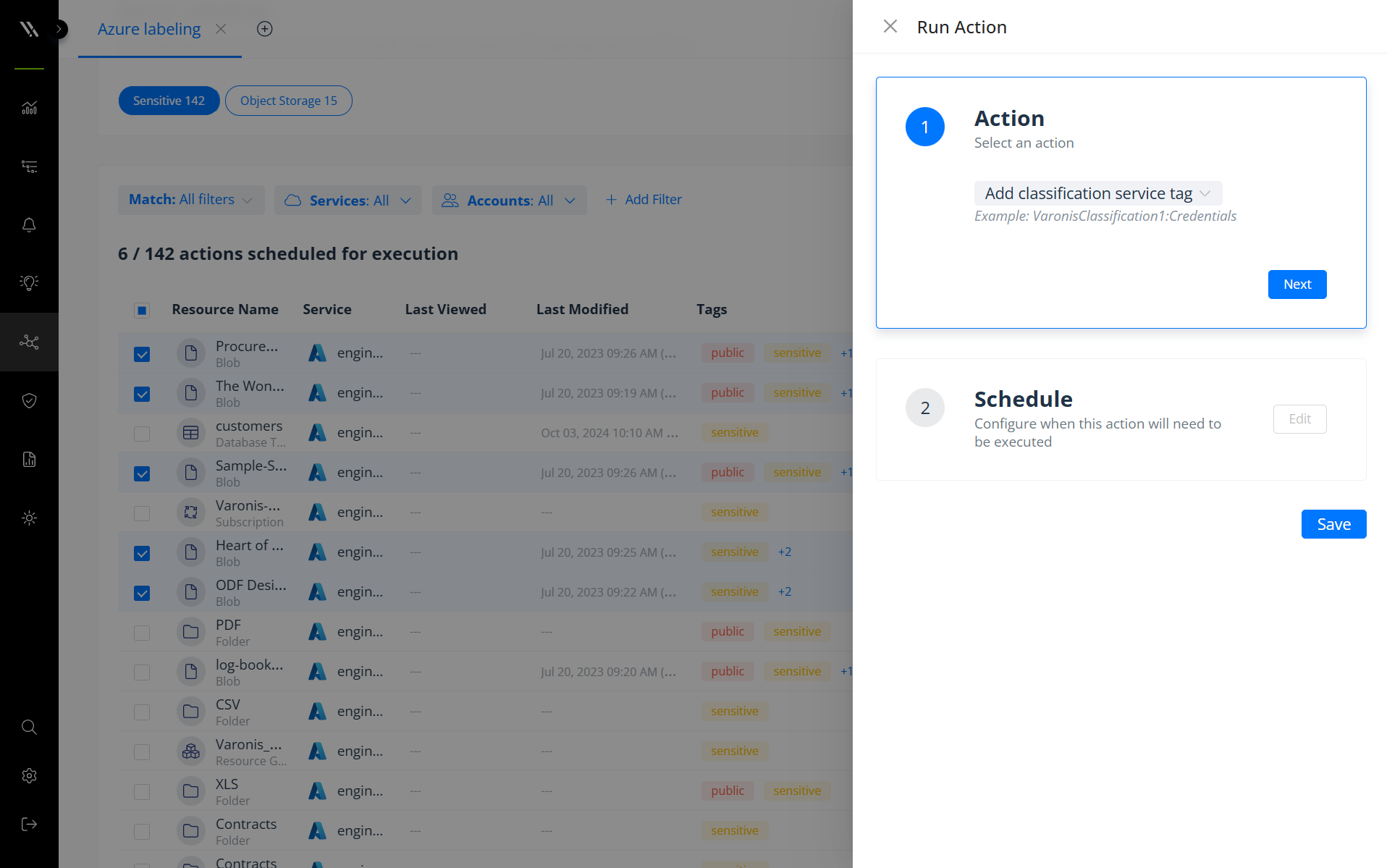
Automatically apply classification tags to sensitive data and resources in Azure.
Export the MDDR Executive Dashboard as a PDF.
You can now export your MDDR dashboard as a PDF. Easily share key MDDR metrics with your CISO, security team, and other stakeholders.
Key metrics in the MDDR Executive Dashboard include:
- Alert funnel: Total alerts, alerts investigated, escalated, and closed
- Hours saved with the MDDR service
- Alerts investigated during off-hours
- Average time to investigation
This dashboard will enable CISOs and other cybersecurity professionals to quickly grasp and address their organization’s data security threats with the support of the MDDR service.
Export and share your MDDR Executive Dashboard with stakeholders.
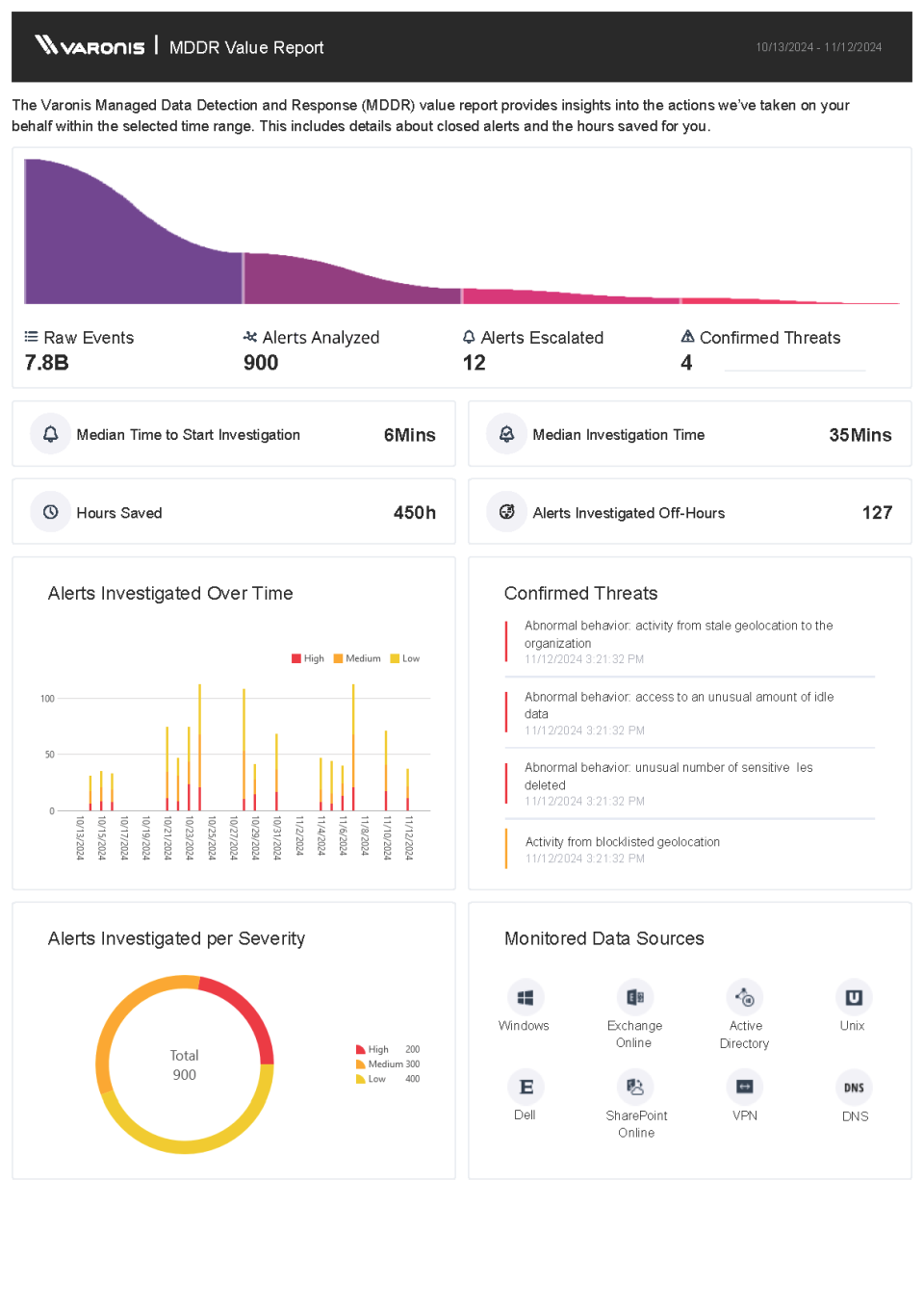
Export and share your MDDR Executive Dashboard with stakeholders.
Microsoft 365 group ownership reports
You can now use the “M365 group owners” attribute in Varonis’ reports and searches to quickly find the group owner(s) defined in Microsoft 365. Instantly determine the team owner to remediate Microsoft Teams public groups or groups that present risks.
Azure Regional Collector assignments
Varonis now supports greater flexibility in configuring data classification within Azure, with the ability to assign specific regions to dedicated collectors. This enhancement allows global customers to maintain data within specific regions to help ensure compliance with data residency requirements.
Support for Windows 2025 data sources
Varonis now supports the installation and deployment of its collectors on services running the Windows Server 2025 operating system, enabling customers to run Varonis using the latest Windows OS.
Keep up with the latest Varonis product releases.
Varonis’ offerings move fast! Discover product updates you may have missed on our blog.
For more information, including release notes, customer training, and how-to videos, visit the Varonis Community.
See Varonis in action and request a demo today.
What should I do now?
Below are three ways you can continue your journey to reduce data risk at your company:
Schedule a demo with us to see Varonis in action. We'll personalize the session to your org's data security needs and answer any questions.
See a sample of our Data Risk Assessment and learn the risks that could be lingering in your environment. Varonis' DRA is completely free and offers a clear path to automated remediation.
Follow us on LinkedIn, YouTube, and X (Twitter) for bite-sized insights on all things data security, including DSPM, threat detection, AI security, and more.

